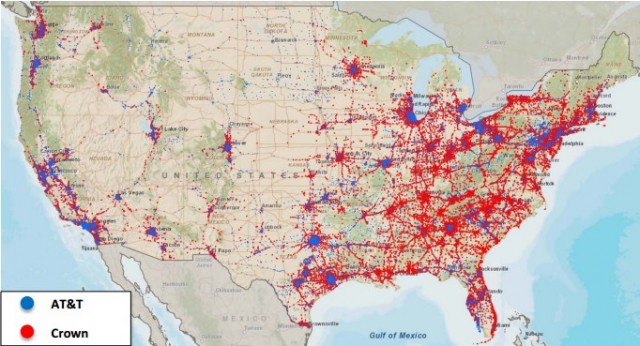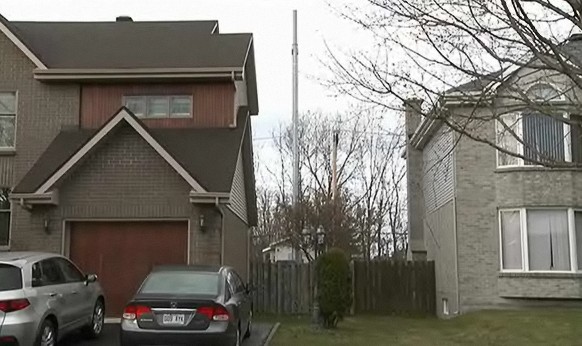
Is a cell tower coming to your neighbor’s backyard?
Amended language in a bill that would expand broadband service to rural Iowa strips local communities from regulating where wireless companies can place their cell towers, potentially threatening its passage.
The “killer” amended language originated from wireless phone company lobbyists, most likely working for AT&T, and suddenly appeared in the Iowa House version of the bill.
AT&T has routinely proposed such language in several states, claiming the new regulations are designed to “streamline” the expansion of cellular networks often held up by ‘spurious objections’ from local citizens opposed to the unsightly towers in their immediate neighborhoods.
Local governments have also regularly weighed in on approving cell towers in areas where they pose an aesthetic threat or a potential safety risk and some, according to AT&T, have interminably delayed consideration of cell site proposals.
The language in the House bill introduces time limits on cell tower approvals, prohibits communities from rejecting tower placement except under limited circumstances, and denies communities access to cell site documentation deemed private, competitive information by wireless companies.
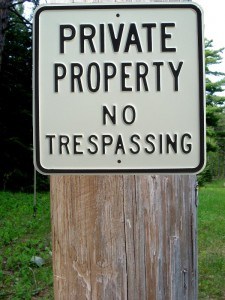
(Unless you want to put a cell tower here)
The cell tower language is included in the House version of the Connect Every Iowan Act, legislation considered a priority by Gov. Terry Branstad this year. Branstad wants to remove financial and regulatory impediments and offer tax credits to stimulate expansion of broadband into areas most providers have previously deemed uneconomical to serve.
AT&T sees wireless broadband as a sensible alternative and the company has publicly advocated using wireless 4G technology in rural areas. If the House measure is approved, AT&T and other wireless companies can affix microcells or other cellular antennas to utility poles, street signs, or water towers without seeking permission from local authorities.
Colleagues in the Iowa state Senate were concerned about the language in the House version of the bill.
“The language in the House bill, in my view, is pretty egregious,” Sen. Steve Sodders, (D-State Center), who is leading the effort on the Senate bill. He told the Associated Press, “It really took away all local control of cell tower siting.”
“The real angst there is that without local control on these towers, these things can be built right in your neighborhood,” said Sen. Matt McCoy, (D-Des Moines). “Nobody wants to come home and see that. Finding that balance is going to be key.”
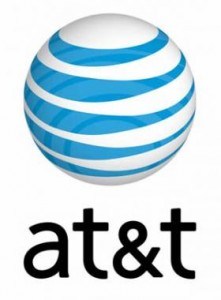 Des Moines city attorney Jeff Lester noted the language in the bill cleverly favors cellular companies with a built-in guarantee of approval of their cell tower requests:
Des Moines city attorney Jeff Lester noted the language in the bill cleverly favors cellular companies with a built-in guarantee of approval of their cell tower requests:
The bill does not require cellular companies to provide company and business plan information to local governments when applying for a new cell tower site. Should municipal authorities deny a request, and a cellular company then brings the case to federal court, local authorities wouldn’t have the evidence necessary to justify their denial.
Lester said under federal law, company information serves as evidence in these appeals. Without it, there is no basis for denial, he said, and the ruling would be in favor of the cellular company.
Rep. Peter Cownie, (R-West Des Moines), who spearheaded the effort in the House, said determining where towers can or cannot go is a difficult task, but that it’s not his intent to weaken anyone’s say in their placement.
“I do not want to take away the authority of local officials in terms of cell tower siting,” he told AP. “I don’t think anyone’s goal is to take that away.”
Subcommittees in both chambers plan to meet to discuss the legislation next week.


 Subscribe
Subscribe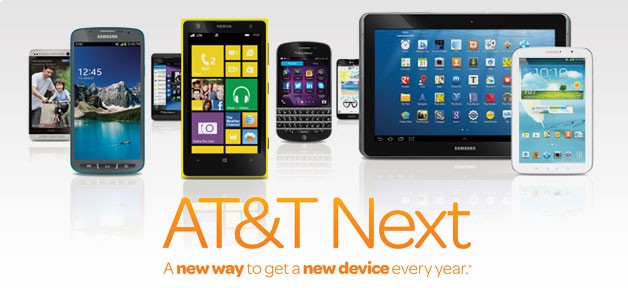
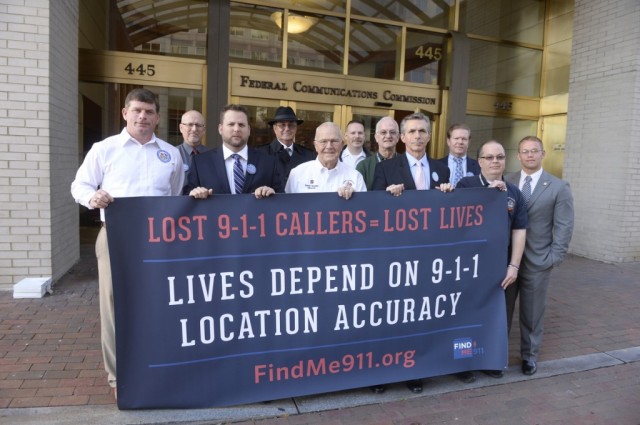
 Deanna Cook of Rylie, Tex is just one victim who might still be alive today if 9-1-1 operators could have tracked her precise location. Last August, Cook called 9-1-1 from her home but was too badly injured in a domestic violence incident to provide her address. Operators relied on the current system to access her location. It took just a few seconds to find the cell tower Cook was accessing to place the call. Shortly after that, Cook’s street and general location became available in about a block-wide circumference, part of what the industry calls “Phase One” data. But the operator had to wait nine minutes for Cook’s wireless provider to finally pinpoint what they believed to be her exact address, the critical “Phase Two” data that can bring help to the right door.
Deanna Cook of Rylie, Tex is just one victim who might still be alive today if 9-1-1 operators could have tracked her precise location. Last August, Cook called 9-1-1 from her home but was too badly injured in a domestic violence incident to provide her address. Operators relied on the current system to access her location. It took just a few seconds to find the cell tower Cook was accessing to place the call. Shortly after that, Cook’s street and general location became available in about a block-wide circumference, part of what the industry calls “Phase One” data. But the operator had to wait nine minutes for Cook’s wireless provider to finally pinpoint what they believed to be her exact address, the critical “Phase Two” data that can bring help to the right door.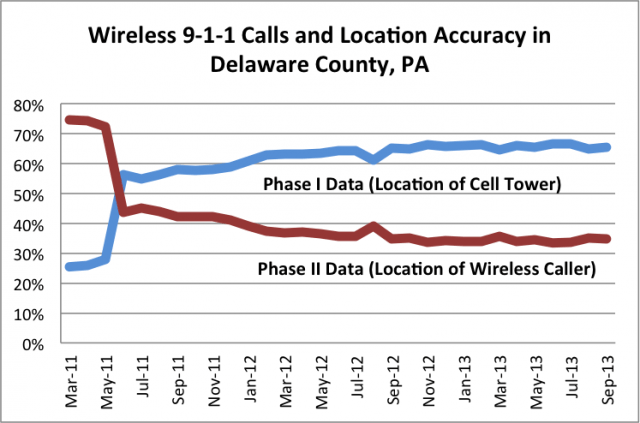
 The Coalition notes the FCC’s data shows an alarming drop in more accurate “Phase Two” data from 75 percent of all wireless calls placed during March 2011 to just 35% in September of this year.
The Coalition notes the FCC’s data shows an alarming drop in more accurate “Phase Two” data from 75 percent of all wireless calls placed during March 2011 to just 35% in September of this year.
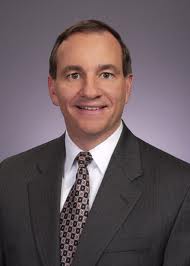
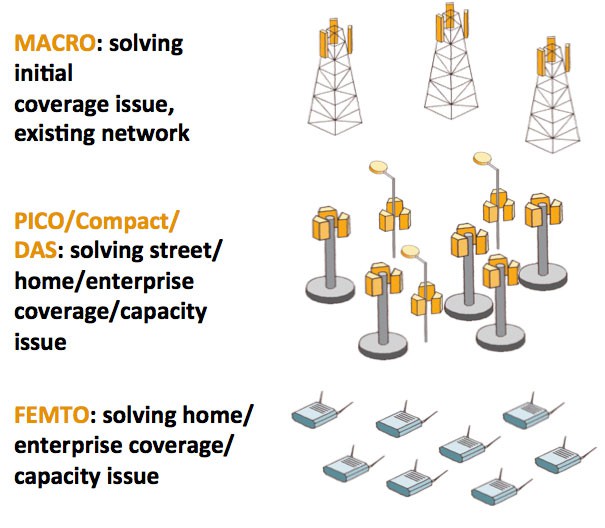
 AT&T today announced it has agreed to lease exclusive rights to its nearly 9,100 cell sites and sell outright an extra 600 towers to Crown Castle International Corp. for $4.85 billion in cash, filling the wireless company’s coffers for possible acquisitions, especially in Europe.
AT&T today announced it has agreed to lease exclusive rights to its nearly 9,100 cell sites and sell outright an extra 600 towers to Crown Castle International Corp. for $4.85 billion in cash, filling the wireless company’s coffers for possible acquisitions, especially in Europe.